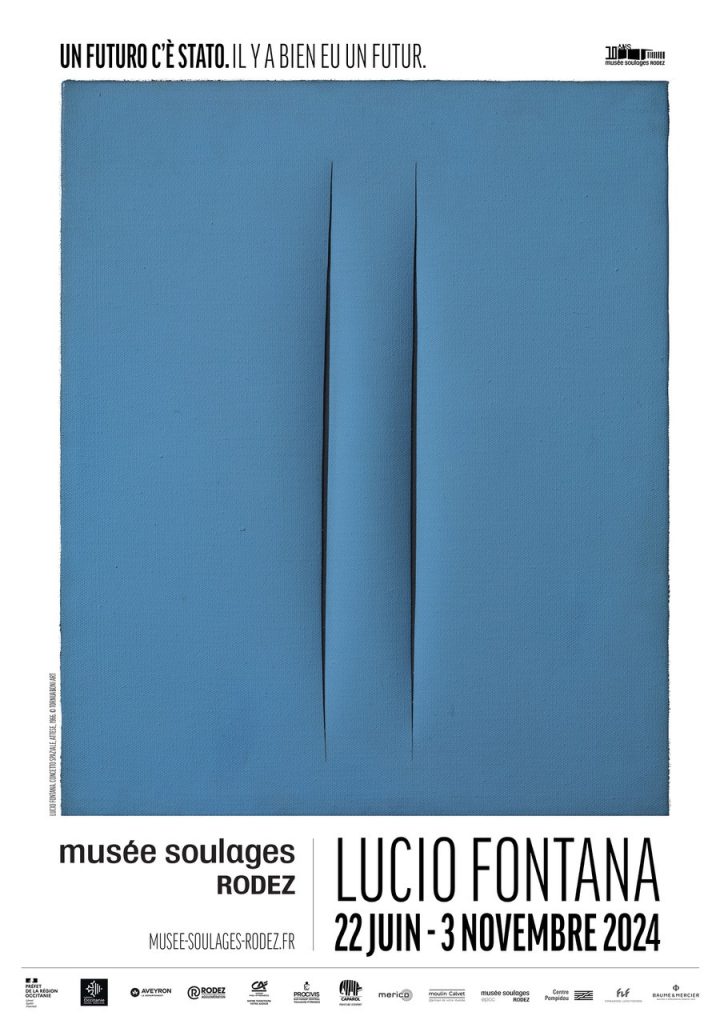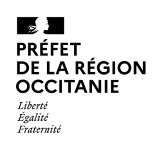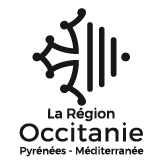LUCIO FONTANA. UN FUTUR C’È STATO. IL Y A BIEN EU UN FUTUR
LUCIO FONTANA
UN FUTURO C'È STATO. IL Y A BIEN EU UN FUTUR.
musée Soulages, Rodez – EPCC
June 22 - november 3, 2024
An Italian art historian once said that there were three key artists of the twentieth century in his country. They were the founding fathers in a sense: Amedeo Modigliani, Giorgio de Chirico and Lucio Fontana.
L’exposition Lucio Fontana. Il y a bien eu un futur - Un Futuro c’é stato was born out of a conversation in 2020 with Pierre Soulages: we compared the works of these very different artists, who are nonetheless linked by a poignant, intimate relationship between time and space.
Pierre Soulages had met Lucio Fontana, whose singularity he admired. Alongside Joan Miró, Fernand Léger and Yves Klein, Lucio Fontana was an artist - more a sculptor than a painter, no doubt - whom Soulages hoped would one day be exhibited in his museum. An idealist.
There has not been a major exhibition devoted to Fontana in France since the retrospectives at the Musée national d'art moderne - Centre Pompidou in 1987 and the Musée d'art moderne de la Ville de Paris in 2014. The exhibition in Rodez is in keeping with our mission of presenting major names in modern art: it will explore Fontana's body of work, before and after the War, in Argentina and Italy, evoking the diversity of his creative output: paintings, papers, sculptures, ceramics and light and space installations. Beyond the Concetti Spaziali (spatial concepts), with the Attese (wait) and the Buchi (holes), the public will discover a figurative and informal artist, classical and futurologist at the same time...
In the temporary exhibition room, two Ambienti Spaziali will be on show: the curved neon arabesques, from the Ninth Milan Trienial - specially reconstructed for the exhibition - and that of the Galleria del Deposito in Geneva, 1967 (Musée d'Art Contemporain de Lyon). In 1951, in Milan, Fontana was working in collaboration with his friend the architect Luciano Baldessari and his collaborator Marcello Grisotti: the neon pieces were born, a medium derived from industry, a source of light acting emotionally on the spectator in a completely different space.
At the end of his long creative experience, when interviewed by the famous art critic Carla Lonzi, Fontana remarked with some satisfaction: “Thirty years ago, we could talk about the future, and today we can't say what the future will be either (...), but during my forty years of activity, I can see that there has indeed been a future.”
With this apparently ambiguous and contradictory turn of phrase, the artist was alluding to the idea of a conceptual renewal of art. As someone who strongly believed in it, he had anticipated it with his work, and it had indeed appeared in those years in the art of the protagonists of the recent generations (from Piero Manzoni to Arte Povera and conceptual art).
The idea of a future, which Fontana inherited from Futurism, is that of an art finally freed from the traditional categories of painting and sculpture, becoming increasingly immaterial as an act.
The society imagined by the artist in the 1940s and 1950s as the model for a future world dominated by the conquests of space also seems to have achieved its goal, at least in part, with the event of the first astronauts in space during the 1960s.
Through his art, he found satisfaction in sensing the eternal contrasts between the material and the immaterial, in exploring the idea of infinity, in foreseeing that humanity would one day find its destiny there.
The exhibition, curated by Paolo Campiglio and Benoît Decron, is based on the concept of the intuition of the future in Lucio Fontana's work and the renewal of the status of art. It presents a unique journey centred on the idea of the dialectical opposition between the material and the immaterial, and on the concept of utopia, which presupposes a contradictory relationship of attraction and repulsion to concrete reality. Sculptures, works on canvas and paper, environments - over eighty works will be exhibited. The exhibition explores the theme of the future along three closely related axes in Fontana's career: Matter-Light-Colour (nature and figure, anti-nature and anti-figure), active space (Environments and Teatrini) and Utopia (Concetti Spaziali and Fine di Dio).
The Fondazione Lucio Fontana, Milan, has been instrumental in providing important and rare loans as well as scholarly support for the exhibition.
The exhibition's main partners are the Centre Pompidou - Musée national d’art moderne (27 works on loan) and Tornabuoni Arte who have a thorough knowledge of the work of Lucio Fontana (galleries in Milan, Paris…). We have also obtained loans from the Musée des Abattoirs in Toulouse, the Musée de Grenoble and the Musée d'Art Contemporain in Lyon.
Other loans come from institutions and foundations in France, Italy and Switzerland: museo del Novecento, Milan, Biella, museo del Novecento, Florence, GAM, Turin... Private collectors have entrusted us with their works, including ceramics made in Albisola.
Curators :
Paolo CAMPIGLIO, art historian – University of Pavia, Italie
Benoît DECRON, curator/director, musée Soulages, Rodez
Amandine MEUNIER, Head of collections and exhibition management, musée Soulages, Rodez
An exhibition catalogue (240 pages), bilingual, French and English.
Under the direction of Professor Paolo Campiglio. Éditions Gallimard
The Musée Soulages benefits from:
the exceptional support of our major partner BAUME & MERCIER for the identical restoration of the Neon Structure for the 9th Milan Triennial of 1951.
annual support from a loyal group of patrons:
CAPAROL - CRÉDIT AGRICOLE NORD MIDI-PYRÉNÉES - MERICO PARAGON - MOULIN
CALVET-MDB INVESTISSEMENT - PROCIVIS SUD MASSIF CENTRAL & TOULOUSE PYRÉNÉES
in partnership with:
The Musée Soulages, Rodez has been a public institution (EPCC) since 01/07/2019, supported in equal parts by four partners: The French State - Ministry of Culture, the Occitanie / Pyrénées-Méditerranée Region, the Aveyron Departmental Council, Rodez agglomeration. The EPCC is chaired by Alfred Pacquement, general curator and former director of the Musée national d'art moderne.
Individuel adulte :
de 8€ à 12€ à la journée
Voir les tarifs

Rencontre1oeuvre
Initialement créée en 1951 par Lucio Fontana, l’œuvre Structure au néon pour la IXe Triennale de Milan surplombait l’escalier d’honneur du bâtiment de la Triennale. L’œuvre originale ayant été détruite, elle est régulièrement reconstruite selon les plans de Fontana et sous le contrôle de la Fondazione Fontana pour être accueillie dans des lieux d’exposition (Museo del Novecento de Milan, Musée Guggenheim de Bilbao…).
Le musée Soulages a ainsi la chance d’accueillir cette œuvre monumentale...
expositions passées
Retrouvez les expositions temporaires passées qui ont eu lieu au musée Soulages.














